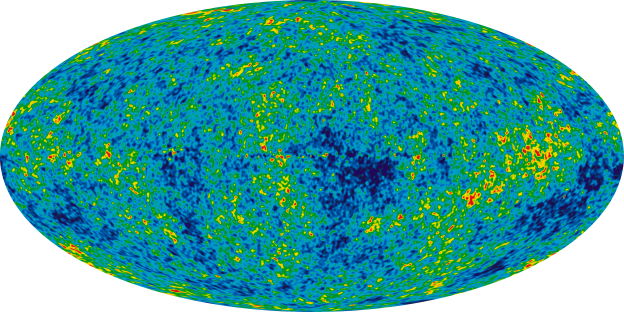
This post is a continuation of An Evolving Universe I—The Greatest. Part II stands alone, but it will be difficult to appreciate and fully understand III without reading I and II first.
Entropy is a central scientific concept; it seems to have more importance in chemistry, and even more so in physics. Entropy is a measure of disorder in a closed system. Closed, in this context, means energy cannot move—maybe flow is a better word—across arbitrary barriers: the system is closed because it’s insulated, so to speak, from whatever is outside the system. The stuff and the space residing outside the barriers may as well not exist because the energy we care about can’t go there.
Energy doesn’t really move or flow. Energy exists in different arrangements; as the number of possible energy holders increases, the more complicated the system. Energy distributes itself according to strict, but simple, laws of probability. Our universe appears to contain a fixed amount of energy. That energy is allocated to a large number of particles—photons, electrons, protons, neutrons, atoms, etc. According to probability alone, energy is more likely dispersed widely across numerous particles as opposed to concentrated on a few, or just one. The level of energy concentration is the measure of order in a system; more dispersed energy makes a more disordered system.
Here’s a good example that might allow you to see the connection between order and energy distribution within a system: Imagine a series of twenty A4 papers, typed on in succession to create a short story. Stack the pages one on top of the other, chronologically. Now, take the stack of papers and throw them into the air. We know what happens: The papers fall back to the ground in a disordered way. It’s impossible to predict how or where they will fall. Reorder the papers in a stack, and then throw them into the air again. The papers fall back in a disordered, but different way than before. Each time we do this, the papers will land in a unique pattern; they will always be disordered compared to the original arrangement. There are an, essentially, infinite number of disordered arrangements of these pages and only one ordered state. Probability tells us the papers are destined to become disordered. Mathematically speaking, it’s unlikely the papers should ever be ordered in a stack that when read, top to bottom, creates a coherent story. The chronological stack is only one of a nearly infinite number of possible arrangement of the papers, and therefore, improbable.
Orderly, concentrated energy eventually becomes disordered, dispersed. Actually, the idea of energy being ordered guarantees misunderstandings. Let’s go back the stack of papers. Not only is it unlikely that the papers will ever exist in chronological order, the papers should rarely be in the same proximity. There are just too many scenarios where the papers are scattered. If the papers are concentrated initially; eventually, they spread out. Our intuition should tell us this is true but we blame it on influences like a person intentionally throwing them into the air. The stack of papers was always doomed to scatter, not because of malicious design or lack of maintenance; the papers will scatter because there’s so many more ways for the paper to scatter than to be stacked chronologically.
Energy prefers to be spread out, dispersed, in much the same way our stack of papers. It’s not that energy strives for disorder; energy tends to spread out on more particles in a system, not because it’s herded along to that end by some shepherd. There’s just so many more ways for energy to spread itself over many particles than to be concentrated on a few, or one.
When energy is concentrated, it’s more probable that it will spread out. Energy’s tendency to move from concentrated to dispersed gives rise to something we are all painfully familiar with: the one-way flow of time. We tend to see time as the master. Time makes our stack of papers scatter. Time disperses energy concentrations. It might be more correct to say the perception of time is created by the overwhelming probability that energy should be spread out, as opposed to concentrated. Time might be the way a conscious being processes the myriad of possibilities present continuously in the now—whatever “now” means. In other words, time is simply a vessel to explore an infinite universe.